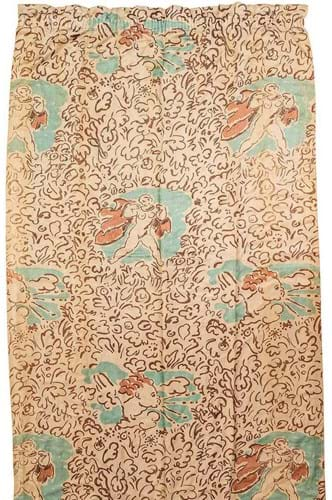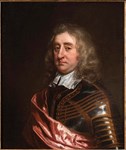"The whole thing had taken me about a year… I never got any reason… The company simply said they were not suitable, paid my [£1200] fee, and that was that.”
In Bloomsbury circles they called it the Cunard affair. Shortly after the launch of RMS Queen Mary in 1934, flagship of the Cunard White Star fleet, British Post-Impressionist Duncan Grant (1885-1978) had received a commission to paint three panels for the First Class Lounge and suggest colour schemes and designs for the carpets and soft furnishings. His creations were approved and a contract signed. However, on returning to England following time in Rome, he discovered reservations.
Cunard’s chairman Sir Percy Bates later wrote to a colleague. “You will I know be sorry to hear that Duncan Grant’s three paintings for the Main Lounge were a complete failure. We had two of the three in position last week and I took two separate parties of our directors… to see them. All are unanimous that they could not remain in the ship.”
An unholy row followed. Grant called powerful friends to his cause (Kenneth Clark, then director of the National Gallery, defended his corner) and widespread press coverage did push Cunard into returning the items and paying compensation. But Grant’s reputation never fully recovered.
Rare sample
Not much survives of his original vision for the room. The paintings are in private hands (the primary panel Seguidilla now cut into four pieces) and reproductions of the furnishing fabrics are available from Grant’s former home, Charleston. However just one original Queen Mary fabric sample was recorded in the V&A prior to the appearance of another at Olympia Auctions in London on November 3.
Measuring 6ft 4in x 3ft 3in (1.63m x 99cm), this curtain, probably printed by Allan Walton Textiles, takes the theme of the West Wind. It came for sale from the collector John Constable with an earlier provenance to Geoffrey and Lady Rosalie Mander of Wightwick Manor, Wolverhampton. It is thought it was acquired in the late 1930s when some of Grant’s rejected designs were sold off piecemeal.
It may not have been wanted in 1934 but it was avidly sought in 2021. Estimated at £200-300, it took £6500 (plus 25% buyer’s premium).















